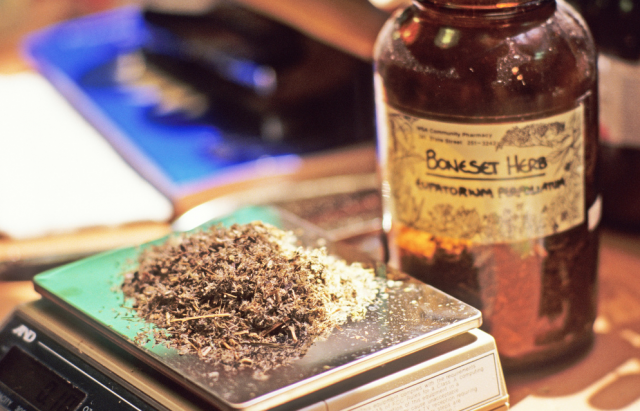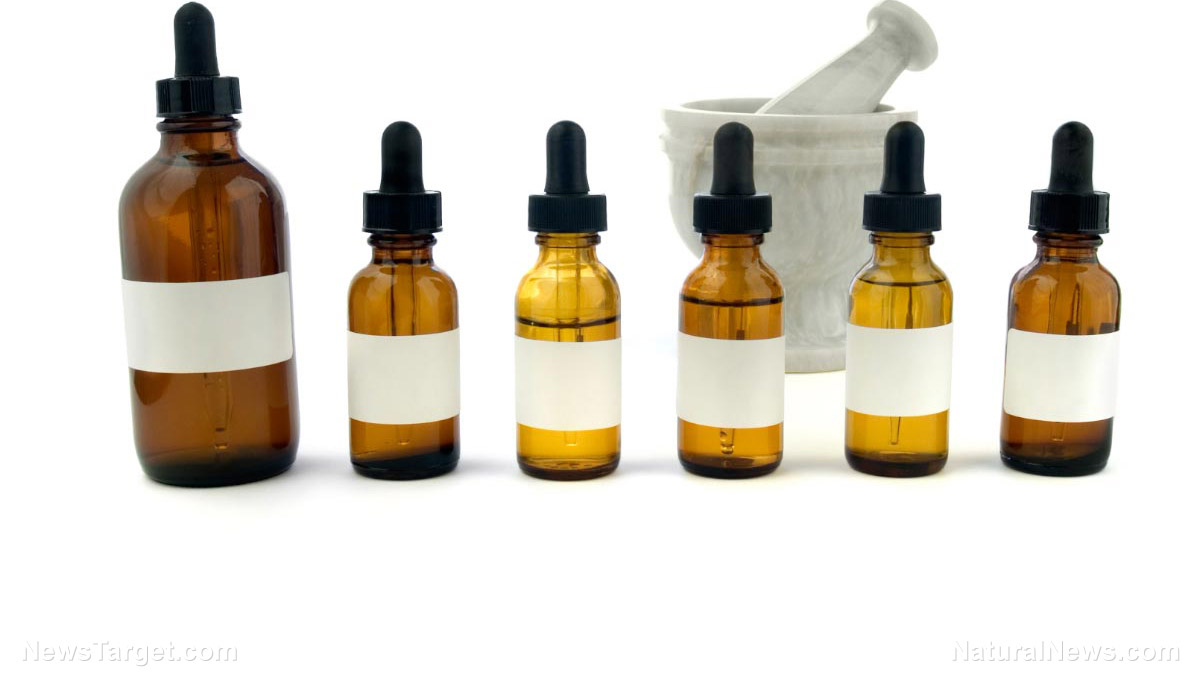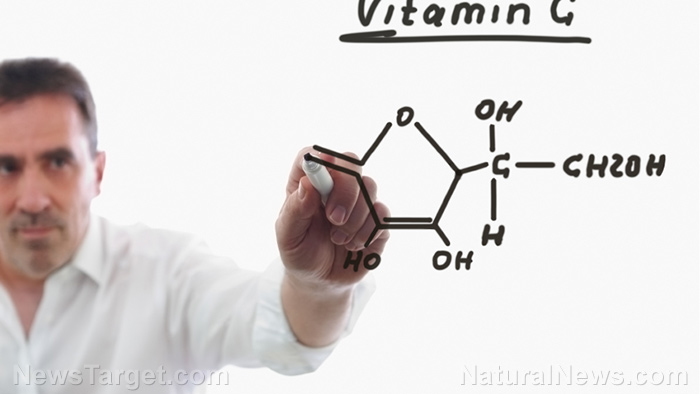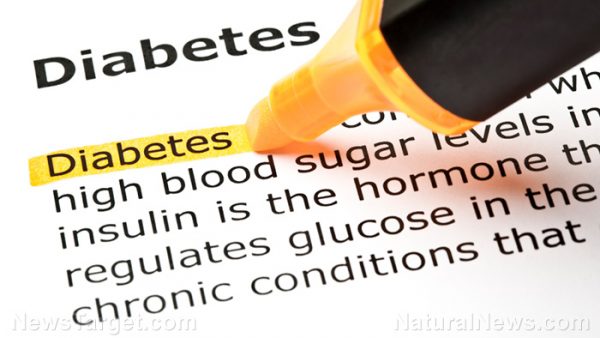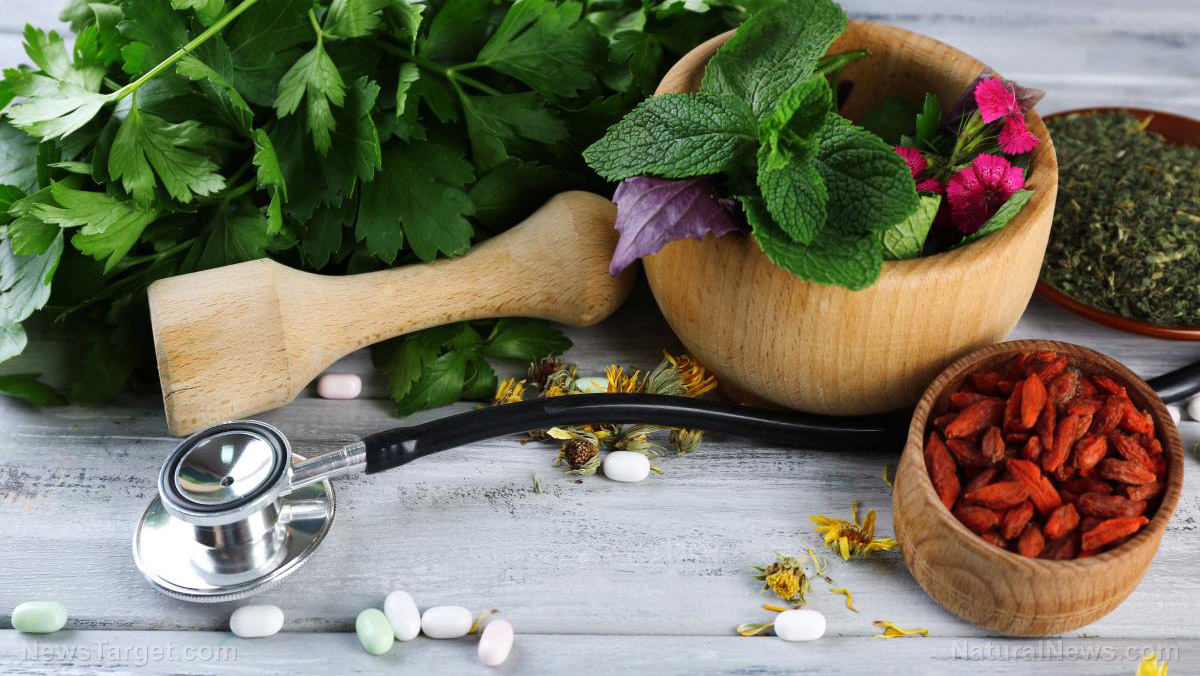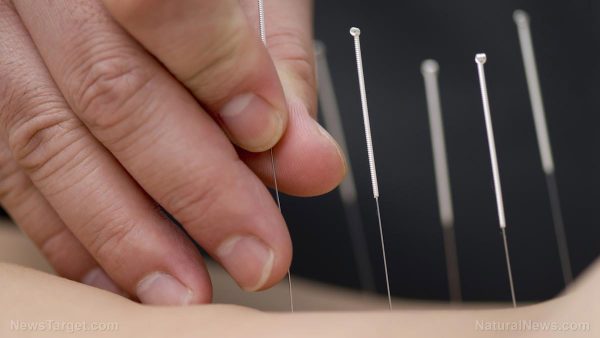11/01/2017 / By Isabelle Z.
If you’ve ever taken a course of antibiotics, you might have been told that it’s a good idea to take probiotics at the same time or immediately afterward. We’ve long known that this is a wise move, but now scientists have gained further insight into precisely why it can make such a big difference in keeping those stomach-related antibiotic side effects at bay.
Austrian scientists decided to take a closer look at the role of the penicillin-resistant bacteria known as Klebsiella oxytoca enterobacterium in a type of hemorrhagic diarrhea known as antibiotic-associated hemorrhagic colitis, and their findings were published in the Angewandte Chemie journal.
The researchers found that the metabolite tilivalline is a critical enterotoxin, and in higher amounts, it can harm the epithelium of the intestines and lead to colitis. Tilivalline, it turns out, has the same chemical structure as a class of metabolites in soil bacteria known as pyrrolobenzodiazepines, which are being studied for their tumor-fighting capabilities. After the scientists identified the cluster of genes responsible for the synthesis of tilivalline, they carried out some experiments to determine its full biosynthetic pathway.
In tilivalline, the chemical site that plays a vital role in DNA interference is blocked, which means that tilivalline does not damage DNA the way its anti-tumor antibiotic cousins do. The researchers discovered that the indole that causes this blockage enters the biosynthetic pathway at the end. The precursor of the tilivalline without the indole is an even more potent cytotoxin than the tilivalline itself is; this is known as tilimycin. The indole is added to the tilimycin spontaneously without the aid of enzymes. Therefore, Klebsiella oxytoca can produce two separate pyrrolobenzodiazepines according to the availability of indole, each with their own functions. Indole is something that naturally occurs in human guts.
This finding is significant because it could help scientists potentially find new approaches for creating cancer-fighting drugs. Its illustration of the way antibiotics leave bacterial toxins in the gut also shows just why it is so important to take probiotics after a course of antibiotics.
Probiotics help restore your gut’s natural balance
It is no secret that antibiotics kill the good bacteria in our bodies along with the bad bacteria because they are unable to distinguish between the two, and when you consider the fact that they’re potentially leaving bacterial toxins behind, it becomes clear just how important it is to bring balance back to the gut after taking these medications.
You can find probiotics in kefir and yogurt, along with sauerkraut, kombucha, and miso soup. There are also probiotic supplements available, but it’s important to investigate just how many live cultures these products actually contain before deciding which one to purchase.
Probiotics can also help with some of the more unpleasant side effects that come with taking high doses of antibiotics or taking them over an extended period, such as vomiting, nausea, diarrhea and other digestive upsets. A meta-analysis of more than 3,000 patients found that probiotics caused a significant reduction in people’s odds of developing antibiotic-related diarrhea, which is something that can affect as many as 39 percent of people who take antibiotics.
Antibiotic resistance is a growing problem, so it’s better to avoid taking them unless it’s absolutely necessary. In those cases, probiotics can really go a long way toward keeping the damage to your digestive system to a minimum.
Sources include:
ScienceDaily.com
NaturalNews.com
NaturalNews.com



